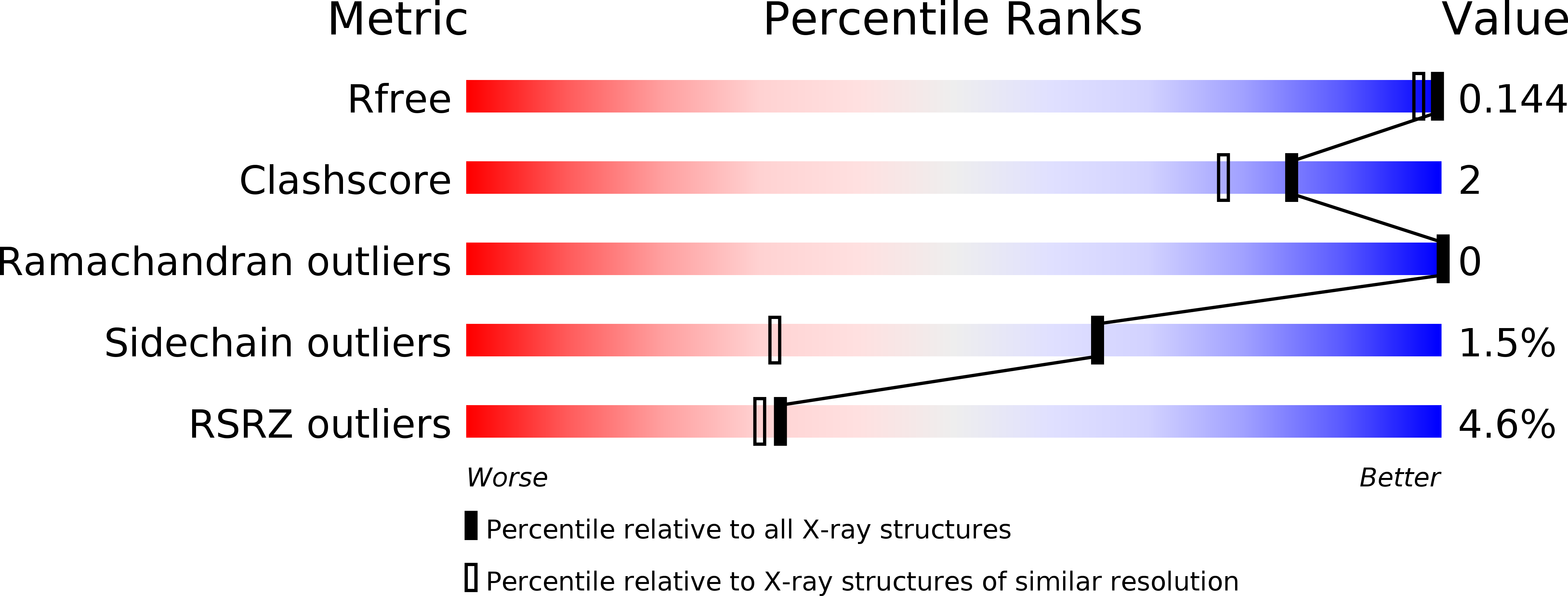
Deposition Date
2017-04-04
Release Date
2017-07-19
Last Version Date
2023-11-15
Entry Detail
PDB ID:
5VEJ
Keywords:
Title:
High resolution crystal structure of a fluoride-inhibited organo-phosphate-degrading metallohydrolase
Biological Source:
Source Organism:
Rhizobium radiobacter (Taxon ID: 358)
Host Organism:
Method Details:
Experimental Method:
Resolution:
1.30 Å
R-Value Free:
0.14
R-Value Work:
0.13
R-Value Observed:
0.13
Space Group:
P 31 2 1


